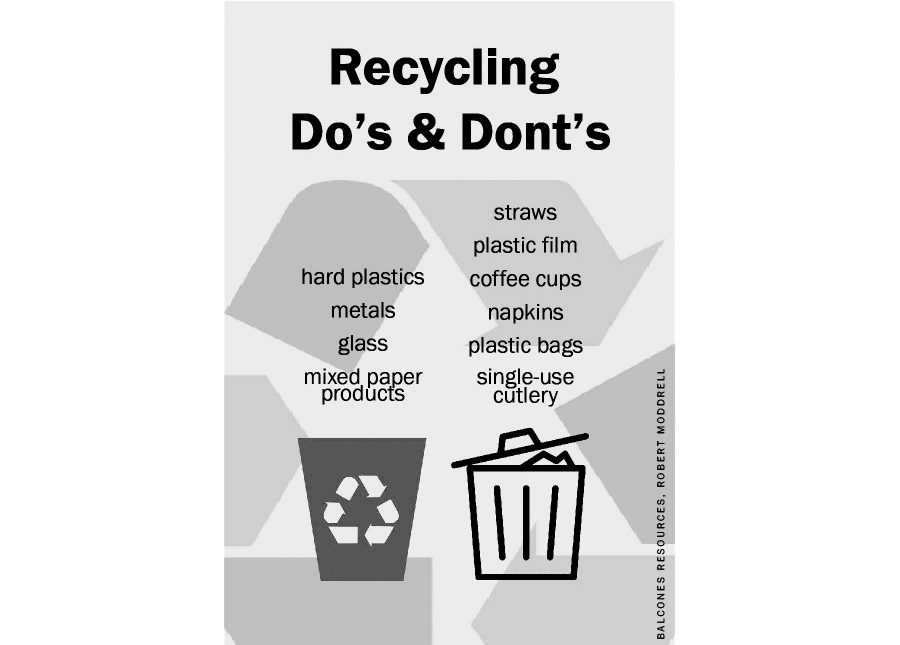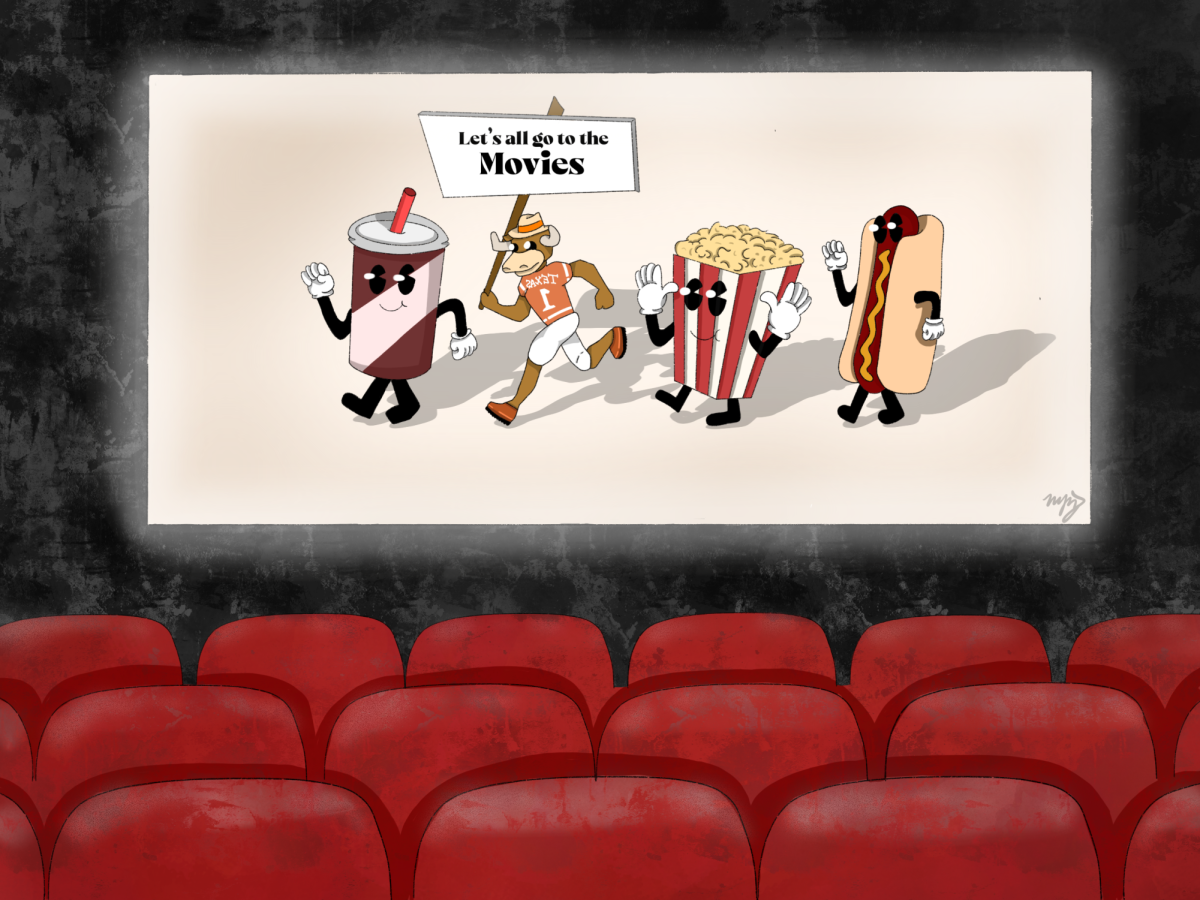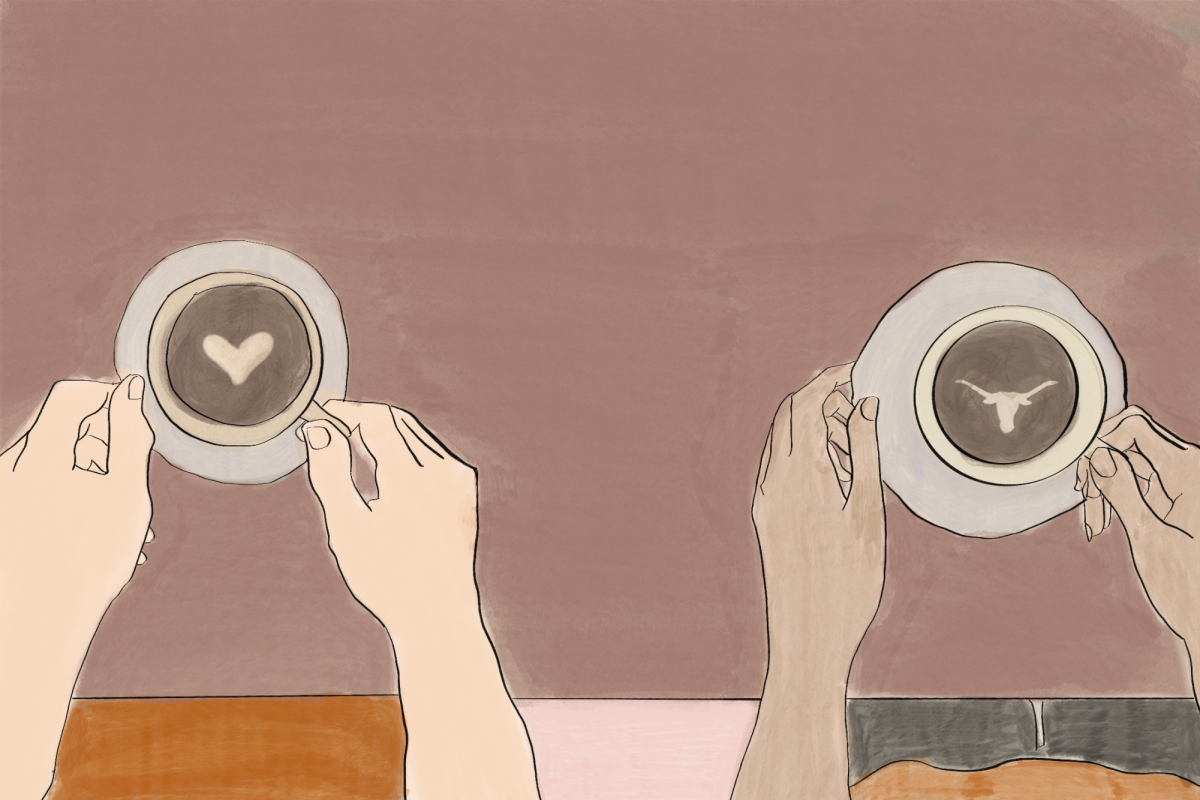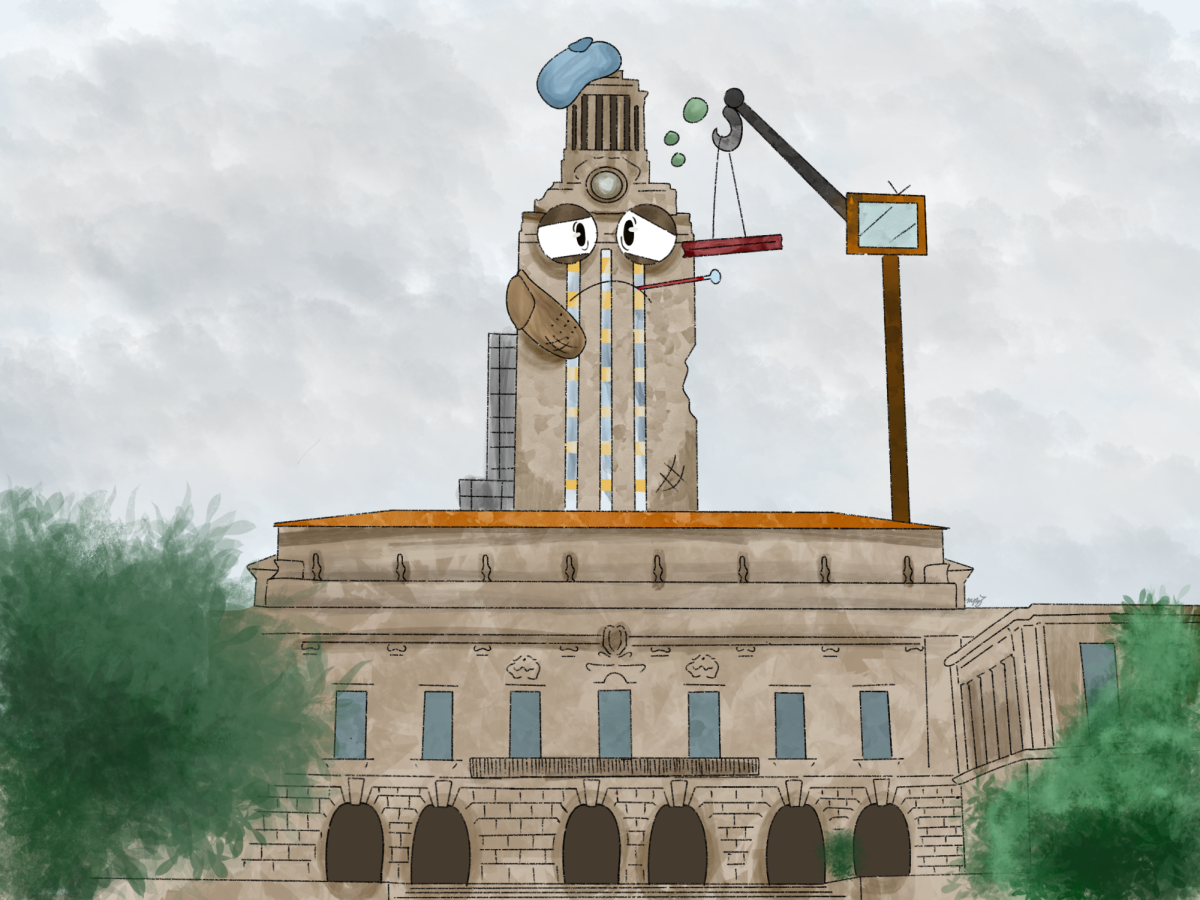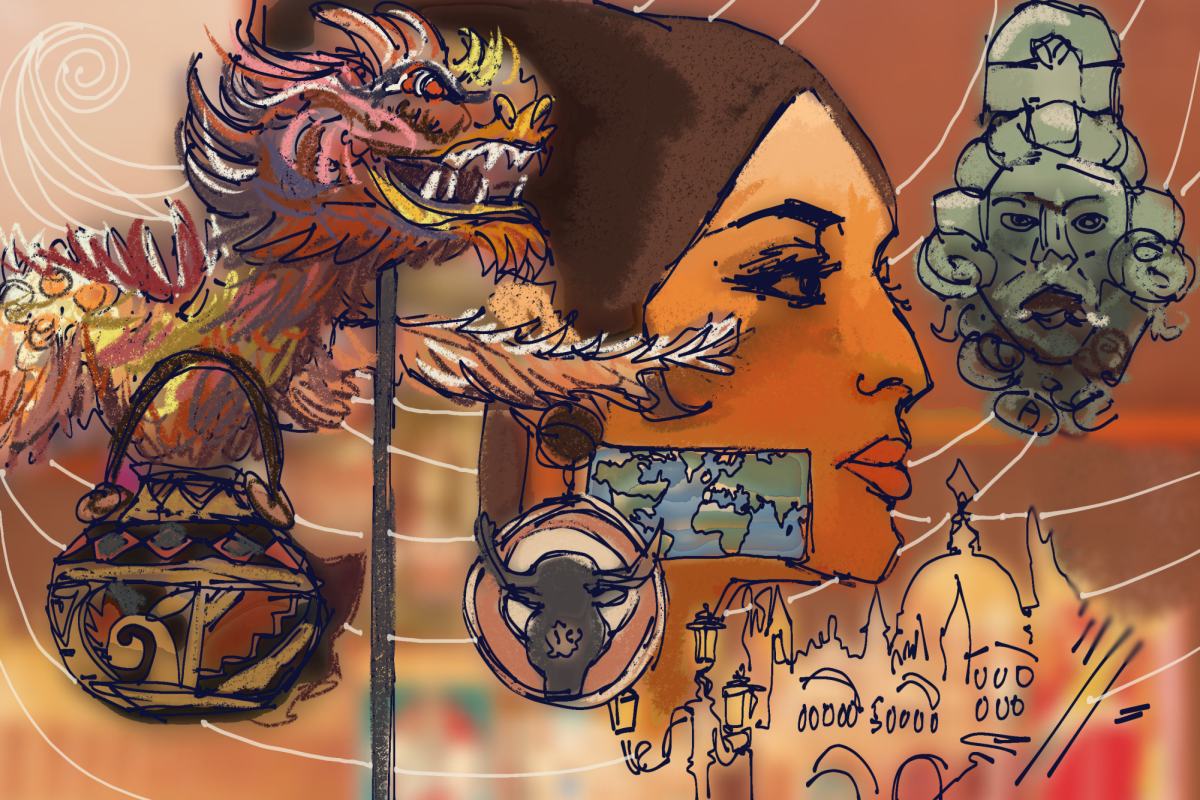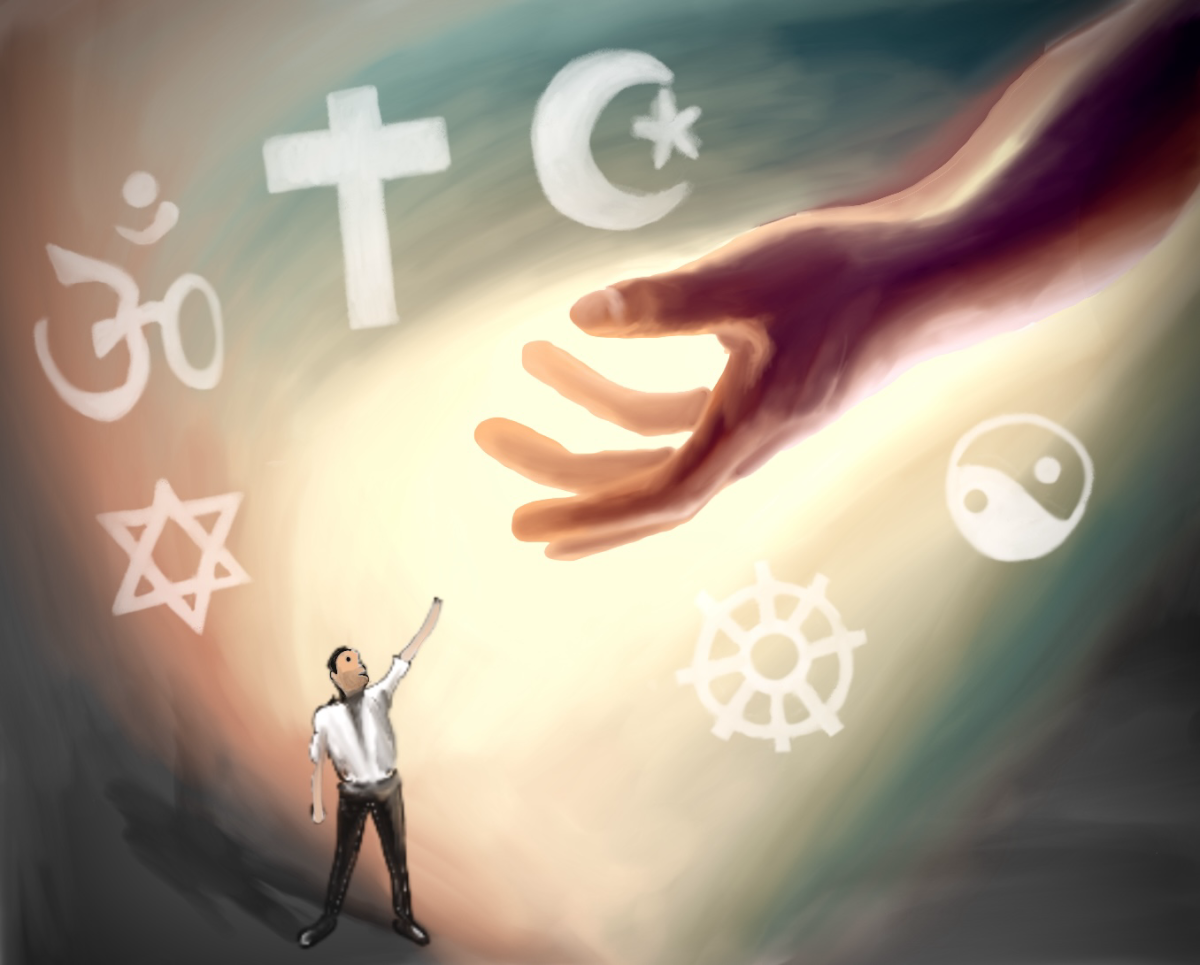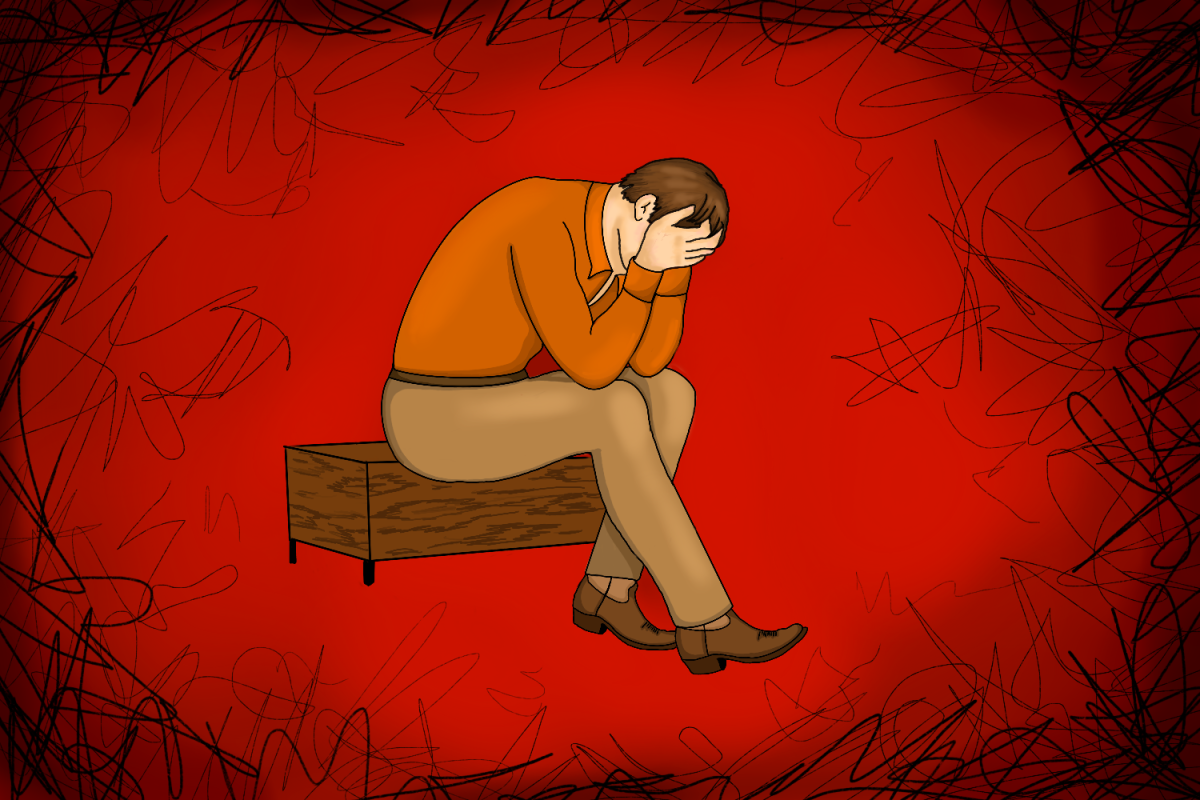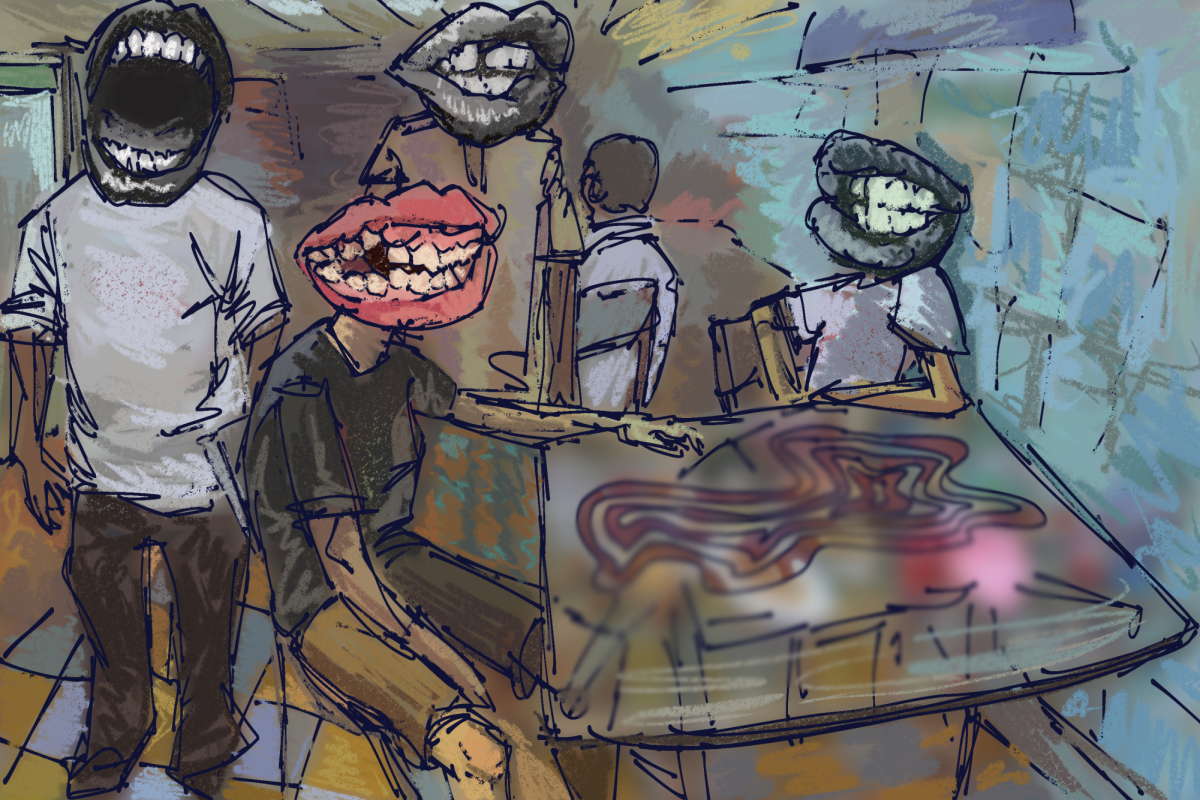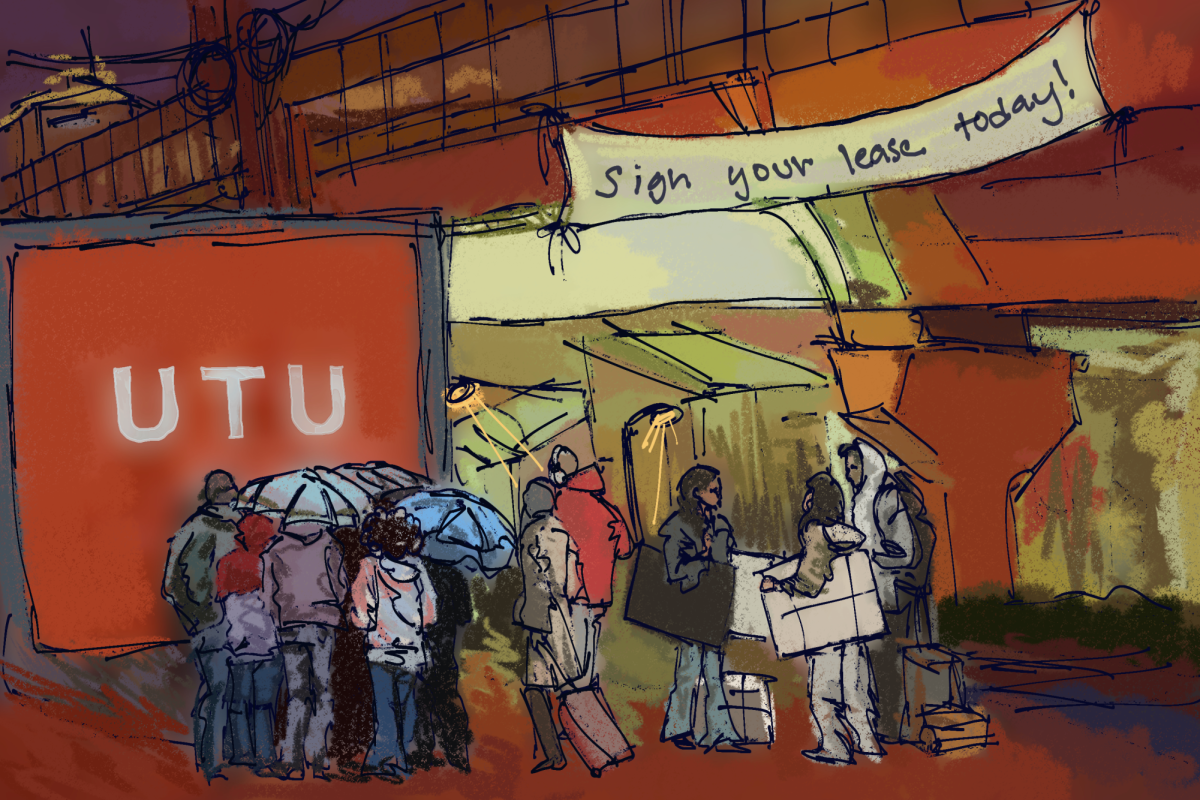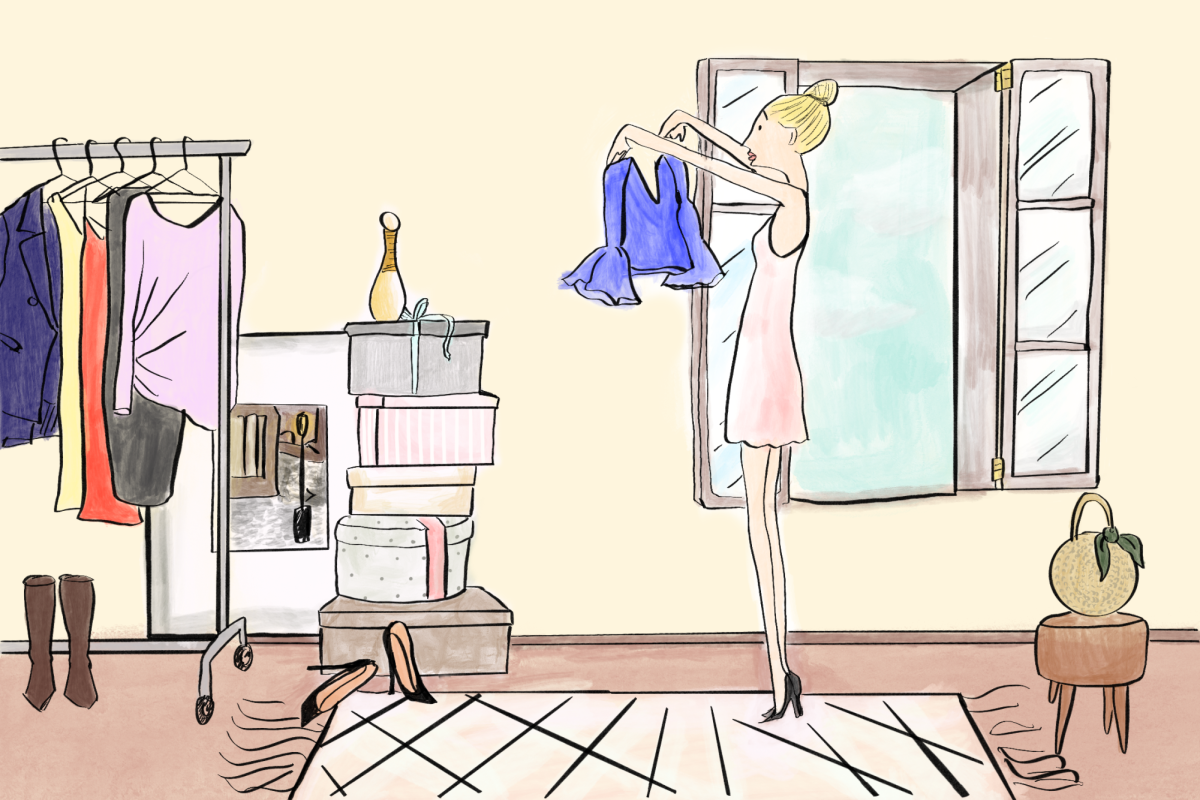From soda cans to pieces of paper, we have all been guilty of throwing things away that could have been recycled. So when we do recycle, we tend to feel pretty good about ourselves and our impact on the environment. However, this impact is only positive when recycling is done properly. Otherwise, it does more harm than good. Students need to educate themselves on what can be recycled and what condition items must be in for campus recycling to be successful.
All it takes is one incorrectly recycled item to get the whole bin sent to landfill. The only way recyclables can be successfully diverted from landfills and actually be recycled is if they are clean and free of contamination. Contamination is classified as any sort of residual food waste or liquid that is left behind in recyclables. This means water bottles need to be emptied and capped, paper needs to be ungreased, and plastic food containers need to be cleaned of lunch leftovers.
According to Robert Moddrell, the manager of resource recovery at UT Facilities Services, the industry limit for percent contamination accepted at recycling facilities — without fines — is 5 percent. UT’s average percent contamination per load of recycling is 18 percent. That’s 18 percent that could have been saved from landfill.
“Our largest single item contamination in the recycle stream is coffee cups,” said Moddrell. Coffee cups are paper lined with plastic on the inside. These two materials have different recycling processes and once fused, can’t be easily separated in a single stream recycling facility — the type of facility UT uses.
When asked if she thought straws and half-full soda bottles were recyclable, Lorena Gantiva, a bilingual education sophomore, said, “Yes, or else they’ll end up in the ocean with the turtles.” Although well intentioned and a common belief — I, too, have seen the video of the turtle with a straw up its nose — straws aren’t recyclable.
“The University gives out the information on how to recycle … it’s all over campus,” said Lilibeth Ramirez, a bilingual education junior. “Students haven’t taken the time to say ‘I want to learn’ or ‘show me how.’”
There are multiple initiatives on campus, such as UT’s goal of zero waste by 2020, that help students get the information they need on what can and can’t be recycled. Whether through signs or visual queues on the recycling bins themselves, students have the tools they need to change their recycling habits and reduce the contamination of what is actually placed in the bins. It is now up to students to be conscious, take advantage of UT resources and begin recycling correctly.
The only way to ensure that UT’s recycling is actually recycled is to be more aware of where we put our trash and make informed choices when faced with the decision to recycle or throw away. As consumers, it’s our responsibility to effectively filter through our waste and look for things that can be diverted from the landfill. Not recycling is bad, but recycling improperly is the equivalent of taking the whole recycling bin and throwing it in the trash.
Badillo is a sociology and psychology junior from Guanajuato, Mexico.

